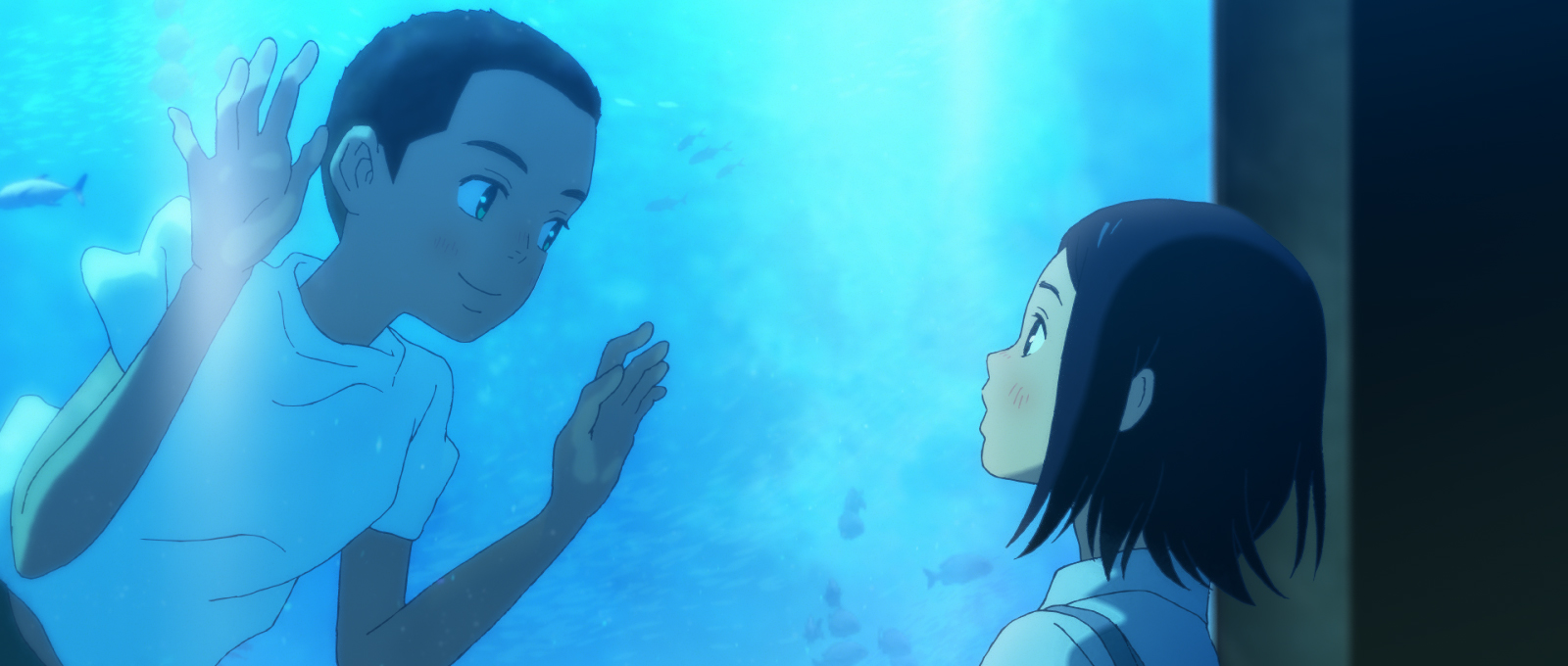23rd Animation Division Grand Prize
Children of the Sea
Animated feature film
WATANABE Ayumu [Japan]
Outline
An animated feature film based on the manga series Children of the Sea, by IGARASHI Daisuke. The central character is Ruka, a junior high school student living in a coastal town. During her summer vacation, Ruka meets the brothers Umi and Sora (meaning “Sea” and “Sky” in Japanese), who were raised by a dugong. Endowed with supernatural powers, the two brothers hold the key to a mysterious ritual that will once again give birth to new lifeforms at the bottom of the ocean. Chosen to be among the participants in this “ritual,” which attracts various forms of aquatic life, Ruka together with numerous sea creatures witnesses a magnificent miracle. This animated feature film is created as a sophisticated combination of hand-drawn images and 3D CG. The organic movements conveyed through hand-drawn lines breathe powerful vitality into both the characters and natural phenomena, such as rain and waves. The 3D CG animation, on the other hand, is used mainly to depict sea creatures. The creators of the film have put in an enormous amount of effort in order to bring the imaging closer to hand-drawn animation, by adjusting the models for each cut to ensure truthful tracing of the lines drawn by the animation director. Their effort to push the potential of 3D CG to the very edge, and on into an area of expression that was previously accessible only through hand-drawn animation, has resulted in a film that truthfully brings to the screen the vibrant drawings of the original comic books. By using the extensive accumulation of animation techniques to bring to life the enormous supernatural power that engulfs both the audience and the life-sized protagonist, Ruka, the creators of this film have realized a groundbreaking form of visual expression.
Reason for Award
From the very first scenes, the audience is captivated by the sparkling water. The depiction of sunshine is quite beautiful, as well. The animation, which truthfully recreates the solid drawings of the original manga and at the same time brings them to life in a soft, fluid manner, is truly wonderful. The contrast between the feeling of freedom conveyed through the summer scenes and the sense of despair projected by the central character creates a “warm yet cold” sensation, making me realize that this is an awakening to the sensory experience of finding myself in an ocean. In retrospect, I see that various images lead me toward the ocean water. Furthermore, there were many instances in which I felt the presence of the universe represented as a fluid connection between the ocean and the sky. Unlike the original manga, this animation film narrows the focus of the story to the viewpoint of the central character, thus recasting the two boys as a mysterious presence. Furthermore, by depicting Ruka’s admiration for these lively and energetic characters, the creators build suspense for the second half of the film. I realize that there will be different views on the way the plot unfolds in the second half, thus freeing the audience to interpret the story on their own, but suffice it to say that animated feature films that appeal to the sensitivity of the audience to this extent are very rare. What prevails, in the end, is our awareness that this film is a marvelous piece of work. The members of the jury, by unanimous decision, have awarded their Grand Prize to Children of the Sea. (SATO Tatsuo)



